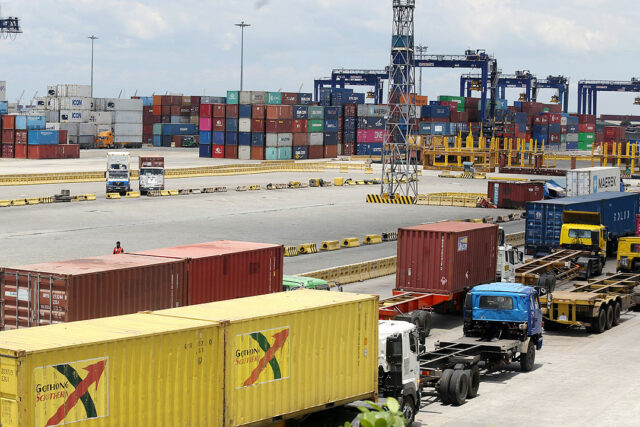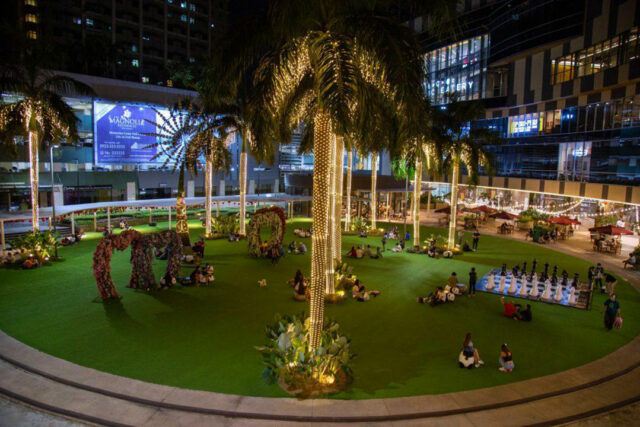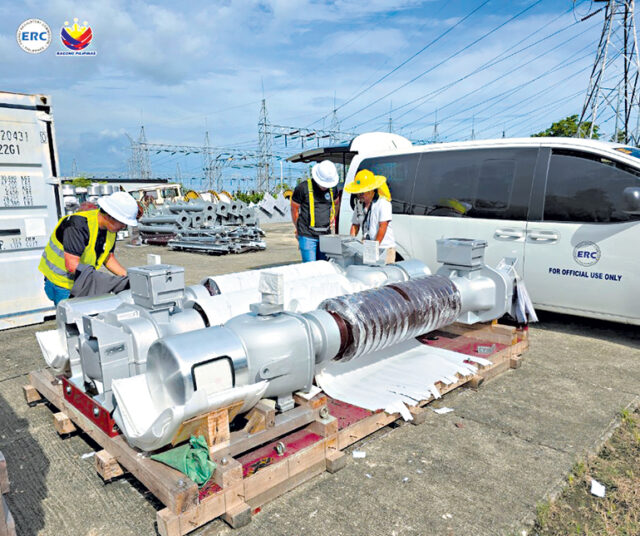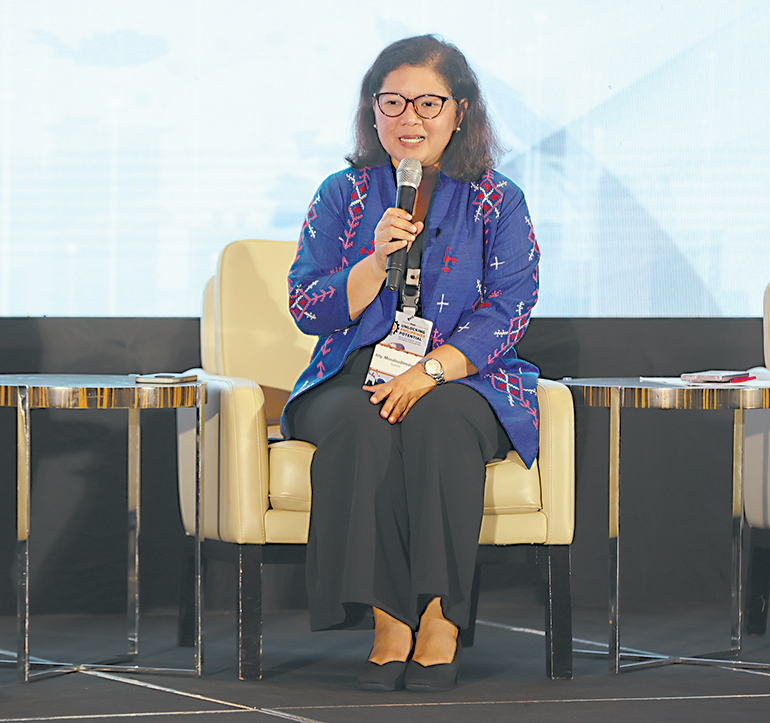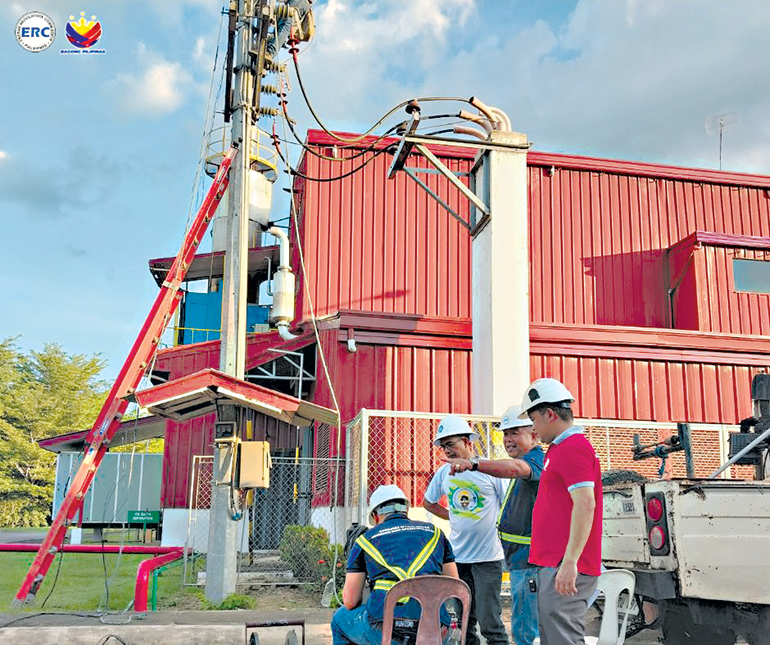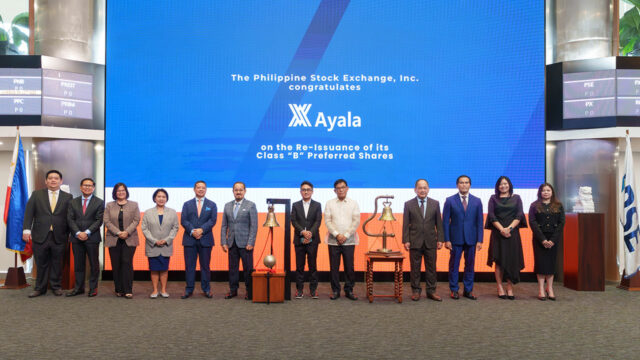Trump’s proposed tax on remittances ‘a concern’ for PHL
By Aubrey Rose A. Inosante, Reporter
US PRESIDENT Donald J. Trump’s proposal to tax the money sent home by foreign workers, may hurt the Philippine economy as remittances and household consumption are likely to slow, experts said.
Finance Secretary Ralph G. Recto said the “One, Big, Beautiful Bill Act,” if passed into law in the US, is “a concern” for the Philippines which relies heavily on remittances from overseas Filipino workers (OFWs).
“But (it) will be difficult to implement. May be bad for the US and the US dollar. Those remittances may go through informal or other channels,” he said in a text message to BusinessWorld.
Mr. Trump’s controversial bill, which was approved by the US House of Representatives in May, includes a provision imposing an excise tax of 3.5% on money sent abroad by foreign workers in the US.
The US Senate is now deliberating on the measure.
The Center for Global Development estimated the tax will apply to around 40 million non-US citizens — green card holders, temporary workers and undocumented immigrants. However, remittances made by US citizens and nationals are exempted from the tax.
GlobalSource Partners Country Analyst Diwa C. Guinigundo said the tax will not just impact remittances from the US, but from other countries as well.
“Definitely, this would discourage OFW remittances not only from the US but also from other parts of the global market. Most remittance agents course their remittances to the Philippines through their US correspondent banks,” he said in a Viber message.
“Based on the existing protocol of last touch, remittances from OFWs in the Middle East, Europe and elsewhere would also be subject to that 3.5% tax regardless of where those incomes were made.”
Cash remittances jumped by 3% to $34.49 billion in 2024 from the $33.49 billion registered in 2023.
The US remained the top country source of cash remittances, accounting for 40.6% of the total.
In a blog post on May 28, the Center for Global Development estimated that the Philippines will see a $476.53-million reduction in annual remittances if the US tax is implemented.
Mr. Guinigundo said OFW remittances are a major driver of household final consumption expenditure, which accounts for around three quarters of annual gross domestic product (GDP).
“Obviously, if reduced significantly, lower OFW remittances could also weaken the overall balance of payments position, gross international reserves and ultimately the exchange rate and inflation,” he said. “This is serious risk for the peso and domestic inflation.”
In April, balance of payments deficit ballooned to $2.56 billion, wider than the $1.97-billion gap in the previous month, and the $639-million deficit in April 2024.
This brought the gross international reserve (GIR) level to $105.3 billion at its end-April position, lower than $106.7 billion as of end-March.
IBON Foundation Executive Director Jose Enrique “Sonny” A. Africa said the tax would be the “latest erosion of purchasing power” for remittance-reliant families, on top of rising prices and weak domestic jobs prospects.
“Yes, the 3.5% tax should be a point of concern and something that the Philippine government should raise directly with the US that has benefited so much from Filipinos working there,” Mr. Africa said in a Viber Message.
For his part, World Bank Philippine Lead Economist Gonzalo Varela said he expects remittances “will remain strong.”
“It’s an important source of income for households… The remittances received by the Philippines have been quite robust and have been also counter-cyclical. Meaning, when the economy is doing poorly, actually remittances can compensate for that to some extent,” he said at a briefing on Thursday.
The BSP projected a 2.8% growth in cash remittances to an estimated $35.5 billion this year. Next year, cash remittances are projected to grow by 3% to $36.5 billion.
INFORMAL CHANNELS
Meanwhile, analysts expect OFWs to frontload remittances or choose informal channels to send money home if the tax is implemented.
“Depending on when this piece of legislation is passed and when the proposed excise tax will take effect, I suspect there’ll be a short-term rush in transfers from the US to the Philippines in a bid to get ahead of the levy that could be imposed,” Pantheon Macroeconomics Chief Emerging Asia Economist Miguel Chanco told BusinessWorld in an e-mailed statement.
In the long term, Mr. Chanco said the 3.5% rate would not materially affect the transfers, and senders and recipients would likely absorb the costs.
ANZ Research Chief Economist Sanjay Mathur said the US tax is unlikely to permanently “impair” remittances to the Philippines or other economies that rely heavily on remittances.
“We can, however, expect a frontloading of remittances ahead of the tax and then a slowdown in the initial year of implementation,” he said.
“Remittances typically target a certain amount in local currency to host families and should continue.”
Mr. Guinigundo said the tax on remittances may also push OFWs to consider informal channels and “even encourage people to go into less transparent medium like cryptocurrency.”
MIDDLE EAST CONFLICT
Meanwhile, the Palace said the Israel-Iran conflict has no significant impact on remittances or labor deployment as of now.
“We spoke with Undersecretary Alu Dorotan Tiuseco of the Department of Finance (DoF), and according to her, the impact on remittances remains limited for now,” said Palace Press Officer Clarissa A. Castro in Filipino during a news briefing.
“Given the remittances from Israel and Iran amounted to $106.4 million in 2024, it’s .03% of total remittances,” she added.
While direct exposure remains minimal, the DoF warned that a wider regional escalation could deliver a more substantial blow to the country’s dollar inflows.
“Typically, when oil prices rise, the cost of goods in the market also goes up,” she said. “That could hurt household consumption and dent our growth outlook.”
However, Mr. Africa said that if the conflict escalates, it will affect demand for OFWs in the region.
There are more than 1,000 Filipinos living in Iran and more than 30,000 in Israel.
In the first quarter of 2025, remittances from the Middle East region stood at $1.97 billion, up 6.51% from the same period last year.
Cash remittances from Israel dipped by 0.44% to $42.61 million in the first quarter from $42.79 million a year ago. Remittance from the Islamic Republic of Iran stood at $1,000 in the January-to-April period. — with Chloe Mari A. Hufana


